In the Pokémon TCG, dealing damage is the most direct path to victory, but it's far from the only one. The most skilled trainers know that controlling the battlefield is just as important as overpowering it. This is where Special Conditions come in. These five status effects—Poisoned, Burned, Asleep, Paralyzed, and Confused—are powerful tools that can disrupt your opponent's strategy, apply relentless pressure, and turn the tide of a close match.
Our beginner's guide touched on what these are, but this is the masterclass. We will dissect the precise rules, strategic applications, and crucial interactions of each Special Condition to give you a definitive competitive edge.
The Five Special Conditions: A Detailed Breakdown

First, a core rule: Special Conditions can only affect the Active Pokémon. If a Pokémon moves to the Bench for any reason, it is immediately cured of all Special Conditions it may have.
1. Poisoned
-
What it does: A Poisoned Pokémon takes a small amount of damage automatically between every turn.
-
How it's marked: Place a green Poison marker (often shaped like a skull) on the affected Pokémon.
-
The Precise Effect: During the "Pokémon Checkup" phase (which we'll detail later), you must place one damage counter (representing 10 damage) on the Poisoned Pokémon. This happens after every player's turn, meaning it takes damage after your turn and after your opponent's turn.
-
Strategic Use: Poison is the ultimate tool for applying consistent, passive pressure. It excels at setting up future Knock Outs. For example, if your opponent has a Pokémon with 220 HP and your main attack deals 200 damage, you're just short of a KO. By Poisoning them first, the 10 damage from Poison after your turn and the 10 damage after their turn will put them at 220 total damage, guaranteeing a Knock Out before you even start your next turn.
2. Burned
-
What it does: A Burned Pokémon takes a larger amount of damage between turns, but has a chance to recover.
-
How it's marked: Place a red or orange Burn marker on the affected Pokémon.
-
The Precise Effect: During Pokémon Checkup, you must place two damage counters (20 damage) on the Burned Pokémon. Immediately after placing the damage, its owner must flip a coin. If the result is heads, the Pokémon is cured of the Burn and the marker is removed. If it's tails, it remains Burned.
- Strategic Use: Burn applies more immediate damage pressure than Poison but is less reliable. It's excellent in aggressive decks that want to maximize damage output quickly. It's also a great way to force your opponent to make a tough choice: risk the coin flip or spend resources to retreat or heal their Pokémon. Protect your ETBs and special sets from similar "burn" risks like sunlight fading with our Acrylic Elite Trainer Box (ETB) Display Case.
3. Asleep
-
What it does: An Asleep Pokémon is completely immobilized and cannot act.
-
How it's marked: Turn the Pokémon card 90 degrees counter-clockwise (to the left). A good way to remember is "Left for sLeep."
-
The Precise Effect: An Asleep Pokémon cannot attack or retreat. During Pokémon Checkup, its owner must flip a coin. On heads, the Pokémon wakes up and is turned right-side up. On tails, it remains Asleep for another turn.
-
Strategic Use: Sleep is one of the most powerful stalling tactics in the game. It can completely shut down a threatening attacker that you can't KO, giving you a free turn to set up your own board, power up a counter-attacker, or find a crucial card like Boss's Orders to win the game.
4. Paralyzed
-
What it does: A Paralyzed Pokémon is temporarily immobilized for a single turn.
-
How it's marked: Turn the Pokémon card 90 degrees clockwise (to the right). A good way to remember is "Right for paRalyzed."
-
The Precise Effect: A Paralyzed Pokémon cannot attack or retreat. Unlike Asleep, there is no coin flip. The condition is guaranteed to last for one full turn of its owner. It is automatically removed during the Pokémon Checkup phase at the end of that player's turn.
-
Strategic Use: Paralysis is a guaranteed way to stop an opponent's attack for one turn. It's incredibly powerful for locking in a victory (if your opponent can't attack, they can't stop you from taking your final prize) or for preventing a devastating attack when you're in a vulnerable position.
5. Confused
-
What it does: A Confused Pokémon's attacks become unreliable and potentially self-damaging.
-
How it's marked: Turn the Pokémon card 180 degrees (upside down).
-
The Precise Effect: If a player declares an attack with a Confused Pokémon, they must first flip a coin. If heads, the attack works normally. If tails, the attack does nothing, and they must place three damage counters (30 damage) on their attacking Pokémon. A Confused Pokémon can still retreat normally.
-
Strategic Use: Confusion is a powerful disruptive force. It forces your opponent into a risky 50/50 choice: retreat their Pokémon (costing them Energy and tempo) or risk the coin flip, which could waste their entire turn and damage their own attacker. It's especially effective against Pokémon with high attack costs, as the opponent will be very reluctant to risk losing all that invested Energy on a bad coin flip. Dive deeper into game rules with our beginner's guide to playing Pokémon TCG.
The "Pokémon Checkup" Phase: The Secret Step Between Turns

This is a critical and often misunderstood part of the game. The Pokémon Checkup is a formal step that happens after the current player's turn ends (after they attack) but before the next player's turn begins (before they draw). During this phase, Special Conditions are resolved in a specific, mandatory order.
-
Poisoned: Place damage counters on any Poisoned Pokémon.
-
Burned: Place damage counters on any Burned Pokémon, then flip to see if it recovers.
-
Asleep: Flip a coin for any Asleep Pokémon to see if it wakes up.
-
Paralyzed: Any Pokémon that was Paralyzed at the start of the turn that just ended now recovers.
This order is absolute and can determine the outcome of a game.
-
Critical Example: Your opponent's Active Pokémon has 10 HP remaining and is both Poisoned and Burned. During the Pokémon Checkup, the Poison damage is applied first. The Pokémon takes 10 damage, its total damage now meets or exceeds its HP, and it is immediately Knocked Out. You take your prize card. The Burn damage is never applied, and the coin is never flipped, because the Pokémon was already Knocked Out.
Stacking and Removing Conditions: The Advanced Rules

Can a Pokémon have multiple Special Conditions at once? Yes, but with specific rules that are easy to remember once you know the logic.
Token vs. Orientation: The Stacking Rule
The easiest way to remember the rule is by how the condition is marked.
-
Token-Based (Poisoned & Burned): These conditions are marked with tokens. A Pokémon can be both Poisoned and Burned at the same time.
-
Orientation-Based (Asleep, Paralyzed, & Confused): These conditions are marked by turning the card. A Pokémon can only have one of these three conditions at a time. If a new orientation-based condition is applied, it replaces the old one. For example, if an Asleep Pokémon (turned left) becomes Paralyzed, you simply turn the card from its "left" orientation to its "right" orientation. It is now only Paralyzed.
This means a single, very unlucky Pokémon can be Poisoned, Burned, and one of either Asleep, Paralyzed, or Confused all at the same time!
The Universal Cures: How to Remove All Special Conditions
No matter how dire the situation, there are two universal ways to remove every Special Condition from a Pokémon:
-
Move it to the Bench: If a Pokémon retreats or is moved to the Bench by an effect (like the Item card Switch), it is instantly cured of all Special Conditions. This is the most common method of recovery.
-
Evolve it: When you evolve a Pokémon, the new, evolved Pokémon is a "fresh" creature, free from any Special Conditions its previous form had.
Understanding these rules is fundamental to both using Special Conditions to your advantage and knowing how to escape them when your opponent turns them against you. They add a rich layer of strategy that, once mastered, will elevate your game to a whole new level. For tips on protecting your entire collection during play, explore our best acrylic cases for Pokémon TCG.

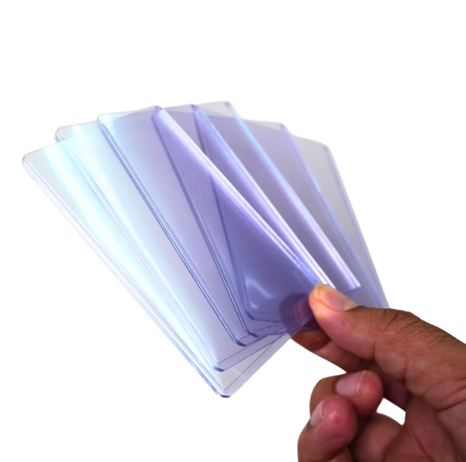

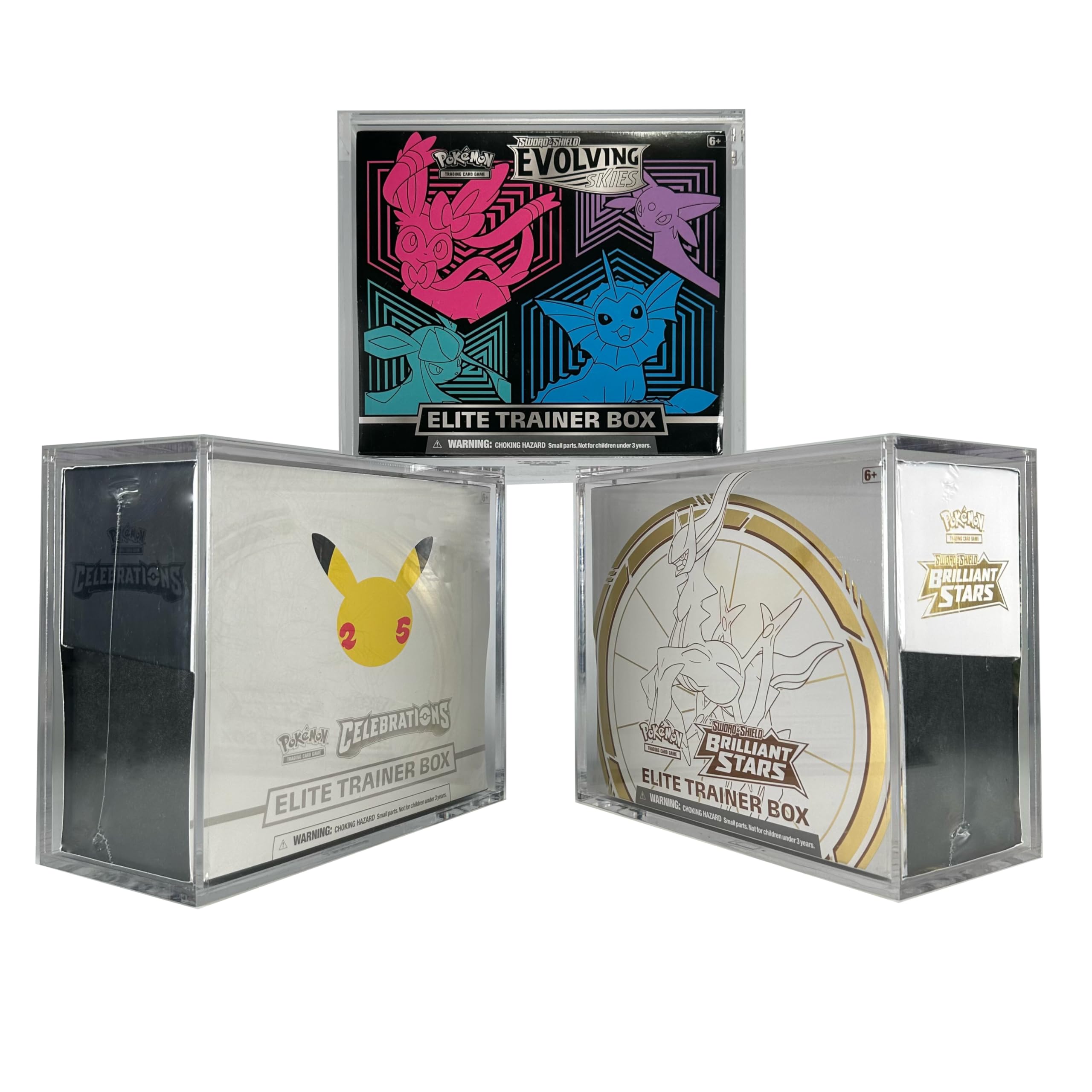
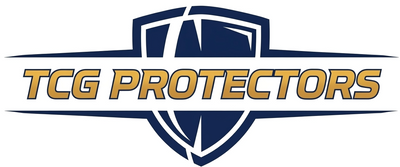
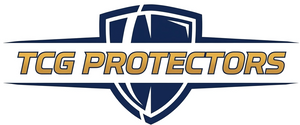



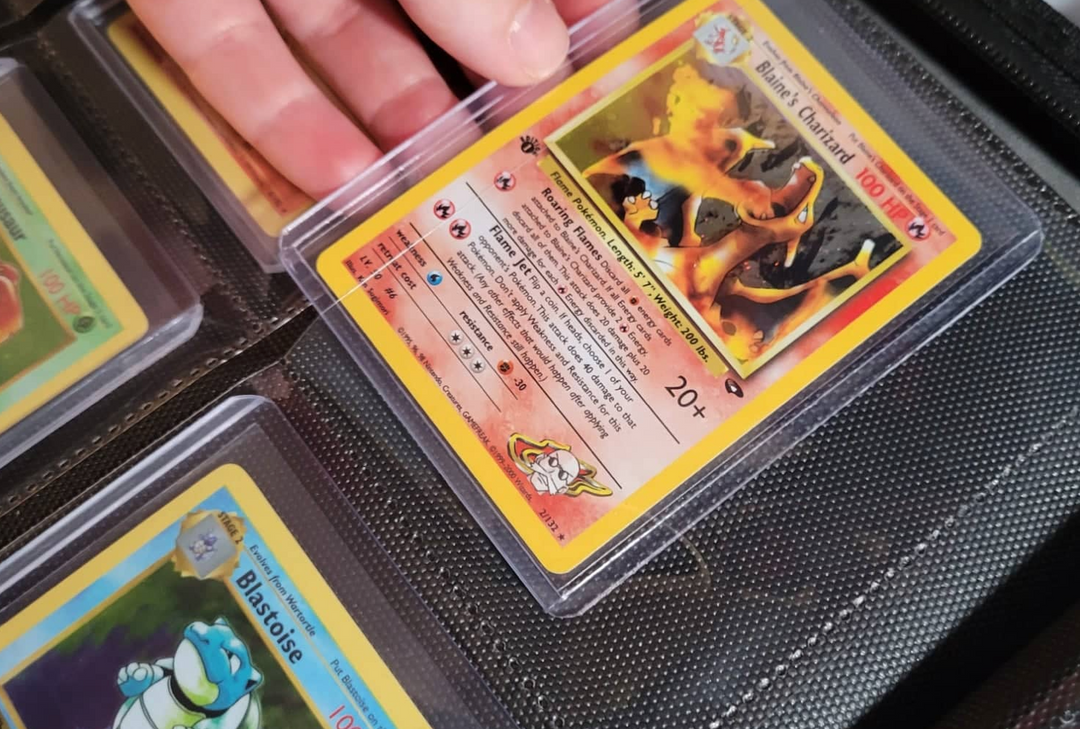
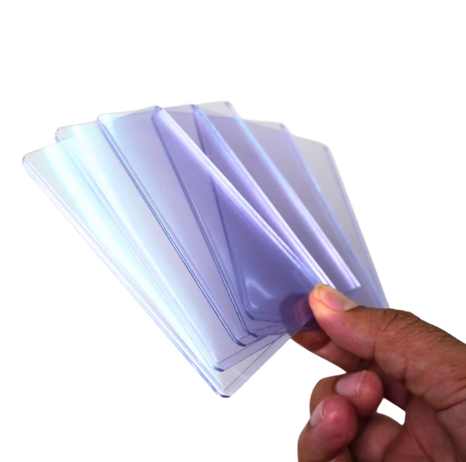


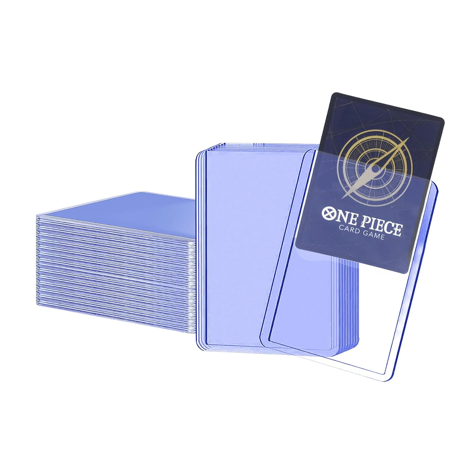
Leave a comment